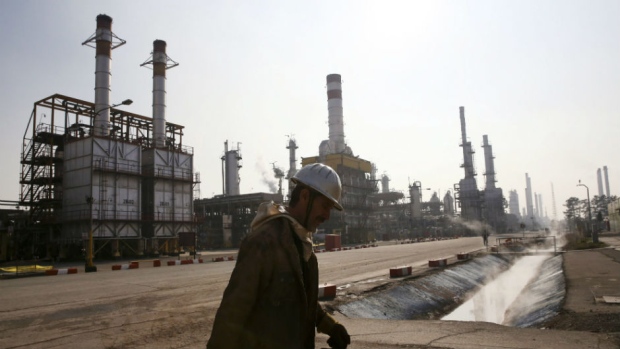Jun 15, 2016
Oil industry has cut US$1 trillion from spending plans: Report

Nearly one in four dollars the global oil and gas industry was planning to spend less than two years ago has been cut, according to a new Wood Mackenzie report, which pegs total lost investments at more than US$1 trillion.
Worldwide spending plans for new oil and gas production has fallen 22 per cent, or US$740 billion, since the crash in crude oil prices began in late 2014, the report said. When cuts to conventional exploration plans are included, the figure increases to just over US$1 trillion.
“The impact of falling oil prices on global upstream development spend has been enormous,” WoodMac Principal Analyst Malcolm Dickson said in a release, adding the cuts will continue to be “even more severe” in the nearer term with roughly another US$370 billion in spending cuts expected in 2016 and 2017.
Canadian producers have put tens of billions of dollars’ worth of new projects on hold or cancelled them altogether as the industry has struggled to cut costs in the face of rapidly falling prices. In the oil sands of northern Alberta, where the vast majority of Canadian crude is produced for some of the highest costs in the world, virtually every new project has been delayed or ditched as analysts say prices must remain sustainably above US$70 per barrel before any so-called “greenfield” oil sands developments will make economic sense.
The $15-billion Fort Hills mine – majority owned by Suncor Energy, with France’s Total SA and Vancouver-based Teck Resources also holding significant stakes – appears to be the sole exception largely because construction was already underway when the price crash began to take hold. The 180,000 barrel-per-day facility is expected to begin initial production before the end of 2017.
After 2020, however, several forecasts - including one from the National Energy Board - expect oil sands production growth to permanently stop.
“For now, the select few projects that are progressed will do so because costs have been cut substantially to hit economic hurdle rates,” Dickson said. “But kick-starting the next investment cycle will require more cost deflation and project scope optimization along with confidence in higher prices and arguably fiscal incentives.”
Ottawa is unlikely to approve any new subsidies for the beleaguered oil and gas industry anytime soon. The federal Liberal government held off on cutting benefits to energy producers in its first budget tabled in late March, though the party campaigned on a platform to “phase out subsidies to the fossil fuel industry over the medium term” in the lead up to the fall 2015 election.
Canada ranks fairly low in terms of the financial support it provides to the fossil fuel sector. According to a July 2015 study from the International Monetary Fund, Canada did not rank among the top 10 largest oil and gas subsidizers in the world regardless of whether the ranking was done in terms of an absolute dollar value, as a percentage of GDP, or on a per-capita basis.




